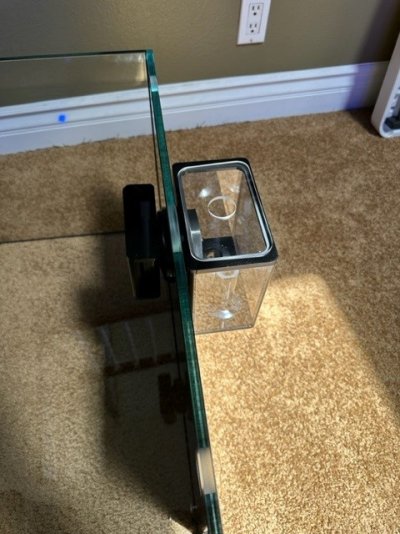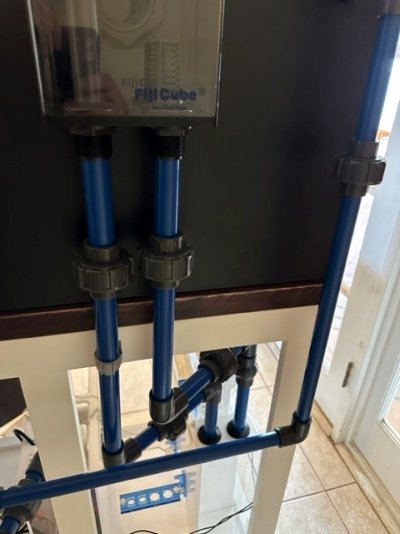I traded for an older 77 gallon with a really nice custom case. I am putting in a 30" sump in the 72" stand. My question is should I put the sump closer to the side of the drain, closer to the side of the return, or in the middle of the stand.
My thought it to put the sump closer to the side where the return will be plumbed so the return line is shorter than the drain line using gravity to my advantage for the drain and having a shorter distance for the pump to have to work getting the water back in the tank.
What is the best route to go here?
Also, this will be my first drill job, should I put the holes as close to the water live as possible to limit the amount of water drain if there is a power outage?
My thought it to put the sump closer to the side where the return will be plumbed so the return line is shorter than the drain line using gravity to my advantage for the drain and having a shorter distance for the pump to have to work getting the water back in the tank.
What is the best route to go here?
Also, this will be my first drill job, should I put the holes as close to the water live as possible to limit the amount of water drain if there is a power outage?























